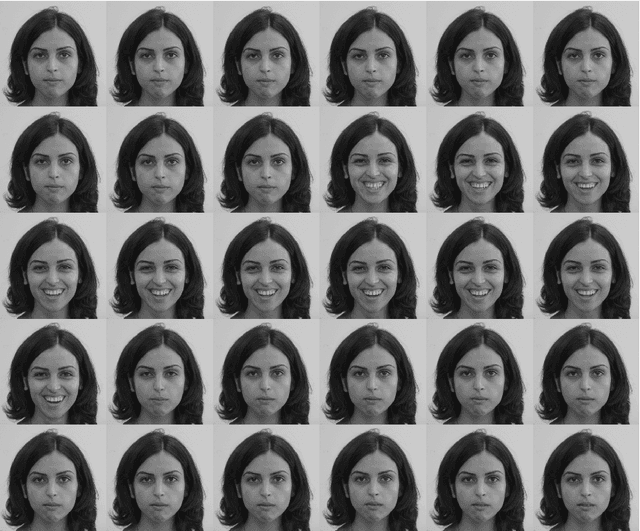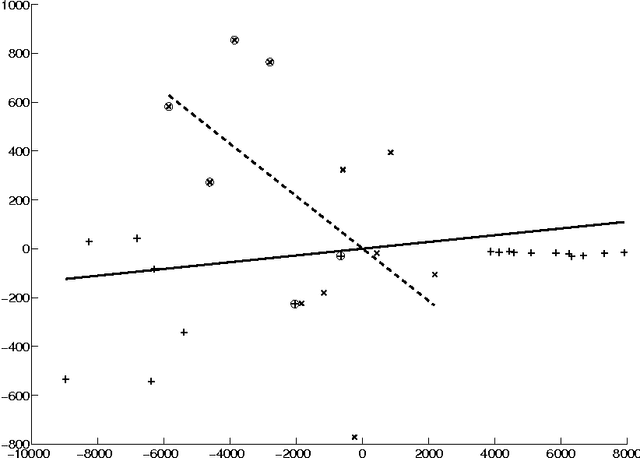Wassim M. Haddad
School of Aerospace Engineering, Georgia Institute of Technology
Circular Microalgae-Based Carbon Control for Net Zero
Feb 04, 2025



Abstract:The alteration of the climate in various areas of the world is of increasing concern since climate stability is a necessary condition for human survival as well as every living organism. The main reason of climate change is the greenhouse effect caused by the accumulation of carbon dioxide in the atmosphere. In this paper, we design a networked system underpinned by compartmental dynamical thermodynamics to circulate the atmospheric carbon dioxide. Specifically, in the carbon dioxide emitter compartment, we develop an initial-condition-dependent finite-time stabilizing controller that guarantees stability within a desired time leveraging the system property of affinity in the control. Then, to compensate for carbon emissions we show that a cultivation of microalgae with a volume 625 times bigger than the one of the carbon emitter is required. To increase the carbon uptake of the microalgae, we implement the nonaffine-in-the-control microalgae dynamical equations as an environment of a state-of-the-art library for reinforcement learning (RL), namely, Stable-Baselines3, and then, through the library, we test the performance of eight RL algorithms for training a controller that maximizes the microalgae absorption of carbon through the light intensity. All the eight controllers increased the carbon absorption of the cultivation during a training of 200,000 time steps with a maximum episode length of 200 time steps and with no termination conditions. This work is a first step towards approaching net zero as a classical and learning-based network control problem. The source code is publicly available.
A Unification Between Deep-Learning Vision, Compartmental Dynamical Thermodynamics, and Robotic Manipulation for a Circular Economy
May 23, 2024Abstract:The shift from a linear to a circular economy has the potential to simultaneously reduce uncertainties of material supplies and waste generation. To date, the development of robotic and, more generally, autonomous systems have been rarely integrated into circular economy implementation strategies. In this review, we merge deep-learning vision, compartmental dynamical thermodynamics, and robotic manipulation into a theoretically-coherent physics-based research framework to lay the foundations of circular flow designs of materials, and hence, to speed-up the transition from linearity to circularity. Then, we discuss opportunities for robotics in circular economy.
Gait Assessment for Multiple Sclerosis Patients Using Microsoft Kinect
Aug 10, 2015



Abstract:Gait analysis of patients with neurological disorders, including multiple sclerosis (MS), is important for rehabilitation and treatment. The Mircrosoft Kinect sensor, which was developed for motion recognition in gaming applications, is an ideal candidate for an inexpensive system providing the capability for human gait analysis. In this research, we develop a framework to quantify the gait abnormality of MS patients using a Kinect for Windows camera. In addition to the previously introduced gait indices, a novel set of MS gait indices based on the concept of dynamic time warping is introduced. The newly introduced indices can characterize a patient's gait pattern as a whole and quantify a subject's gait distance from the healthy population. We will investigate the correlation of gait indices with the multiple sclerosis walking scale (MSWS) and the clinical ambulation score. This work establishes the feasibility of using the Kinect sensor for clinical gait assessment for MS patients.
Segmentation of Facial Expressions Using Semi-Definite Programming and Generalized Principal Component Analysis
Jun 10, 2009



Abstract:In this paper, we use semi-definite programming and generalized principal component analysis (GPCA) to distinguish between two or more different facial expressions. In the first step, semi-definite programming is used to reduce the dimension of the image data and "unfold" the manifold which the data points (corresponding to facial expressions) reside on. Next, GPCA is used to fit a series of subspaces to the data points and associate each data point with a subspace. Data points that belong to the same subspace are claimed to belong to the same facial expression category. An example is provided.
 Add to Chrome
Add to Chrome Add to Firefox
Add to Firefox Add to Edge
Add to Edge